We all started this lockdown on a kind of ludicrous culinary high, didn’t we? All bright-eyed and bushy-tailed, madly looking for ways to bake without crucial ingredients. Three months in, though, I’m willing to bet that your kitchen counter, like mine, has borne witness to more than its fair share of crushing disappointments. The enthusiasm has waned. That is because baking is hard, and sometimes all the raising agents in the world won’t prevent a brick of a loaf or sunken pit of a cake. So here is some solid advice from pros and seasoned amateurs alike on how to fix common kitchen problems, and avoid them next time.
Biscuits burned on the bottom
Cookbook author, former Great British Bake Off contestant and Instagram baking star Benjamina Ebuehi always advises having a tray of ice-cream-scooped cookie-dough balls at the ready in the freezer – they’re the easiest sweet fix. That is, of course, until the cookies come out of the oven burned to a crisp. Her solution? Invest in an oven thermometer. They’re not expensive, and, she says, “you’d be surprised how many ovens are off” by as much as 40 degrees. And pay attention to whether the recipe specifies fan temperatures or not – fan-assisted ovens are about 10 per cent hotter than conventional ovens, so they cook things faster. Also, don’t be scared of turning your tray half-way through, to ensure an even bake.
Biscuits rock hard
Especially with things such as chocolate chip cookies, take them out when they’re still soft in the middle. As they cool down, they’ll firm up. And be sure not to skip the chilling-in-the-fridge step that most recipes specify – this ensures the cookies keep their shape and don’t spread out in a puddle as they bake.

Cake rises too high in the middle
This can happen if you have misjudged the volume of your cake tin – the sides cook first and then the middle has nowhere to go but up. Ebuehi says to make sure your batter goes no more than three-quarters of the way up the side of the tin.
The baker and cookery writer Dan Lepard cautions that if the upper crust also feels and tastes very dry, that might be because food writers tend to round up amounts, from 137g flour (the kind of amount at which a novice reader might balk) to, say, 150g. So adjust the quantities slightly – make a note on your recipe for next time, he says, to "reduce flour by two teaspoons", or whatever you're comfortable with.
If your cake has already started to rise in the middle, you can try covering it with a dome of foil for the remaining baking time, but there’s not much to be done about a domed cake, other than slicing off the top and eating it. And in future, bake at a lower temperature for longer or wrap the outside of the tin in wet insulation strips of cotton towel.
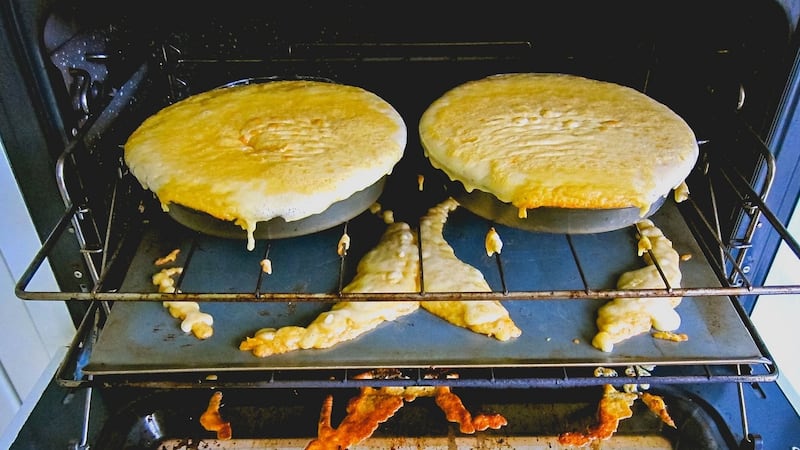
Cake sinks
This will often happen if you open the oven so, unless your cake is burning or doming, don’t open it. It may also be due to incorrect quantities. Ebuehi says to make sure you measure out your raising agent correctly. And Lepard suggests trying to reduce your fat/sugar content by 10 per cent, and augmenting your egg content by as much as a whole extra egg. “If it’s a vegan cake,” he says, “a teaspoon of xanthan gum will help stabilise it if the reduced sugar and fat aren’t sufficient.”
Cake tastes of baking powder/bicarb
You’ve used too much! Again, use proper measuring spoons, don’t heap unless so specified, and don’t use baking powder and bicarb interchangeably. Basically, follow your recipe.
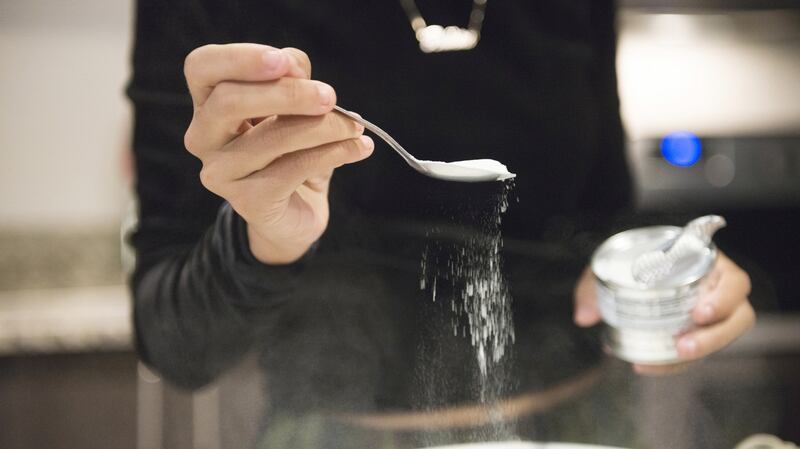
Cake is underbaked
Honey and Co's Sarit Packer has a fix: wrap the cake in tin foil, and put it in the oven, getting it back up to 160 degrees, gradually. Then take off the foil, bring up the heat to 180 degrees and bake for 10 mins until cooked through.
Cake is cloying/doughy/dense
If it’s all three, says Lepard, it’s not you, it’s the recipe (probably lacking in egg, fat or sugar). If you know it’s a good recipe, but your crumb is too dense, you’ve probably overmixed it. Ebuehi’s reminder is key – you want the butter and sugar creamed until pale and fluffy, but the flour only lightly folded in, until just combined. So even if you use a mixer for the creaming, add in the flour lightly by hand with a spatula.”
Don’t bin a cake like this, though. Packer points out that old-fashioned bakers always find a use for crumbled cake – to layer on top of pastry and top with custard, or as a filling for a babka. So crumble and freeze. Or make biscotti (slice finely, and bake at low heat until dry). Or make cake pops (crumble and soften with a little milk, then mix in some melted butter, more sugar if needed and some cocoa powder and shape into balls, then roll in funfetti or desiccated coconut).
Cake burned on top but doesn’t cook in the middle
This goes back to the above point about oven temperatures. Get to know the hot spots in yours. If this happens consistently, Lepard’s fix is to cover the cake tin with a foil dome for the first half of the baking time: “This allows the heat time to cook the base and sides before you take the foil off for the remaining bake time and cook the top.”
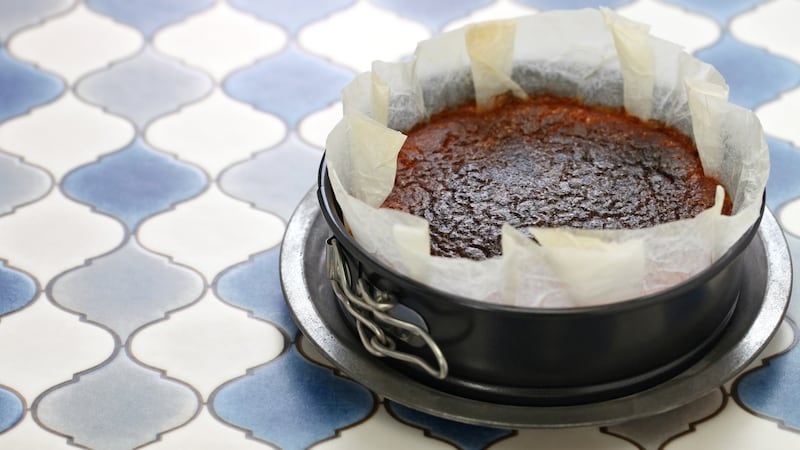
Cake cracked on the top
This happens (tin too small, or too full), and in some cases – a loaf cake, say – it’s desirable. So, as Ebuehi puts it, embrace the crack. Run a finger through the middle before cooking if you are actually wanting it. If not, make sure the oven is hot before your cake goes in, or move it to a lower shelf.
Icing full of crumbs
Never ice a warm cake. Let it cool completely, then wrap it in clingfilm and chill it in the fridge beforehand. And, says Lepard, “don’t apply the icing with a knife like you’re sword-fighting”. That said, crumbs happen even when you’re gentle, so apply a first coat – the so-called crumb coat – and let it set properly, then another final, crumb-less layer.
Icing too runny
As in so much of baking, temperature and time are key. If you have overmixed your buttercream, or the butter was too warm to begin with, it might be unworkable. But don’t fret, says Ebuehi – just put it in the fridge for a bit to firm up again. Adding more sugar will help, too.

Pastry is soggy/underbaked
Packer says that to prevent this happening, make sure you either blind bake your crust first (twice: first with dry, uncooked beans on top, and then for five minutes without), or heat a heavy-bottomed tray in the oven, on which you then place your pie tin. Your tin also needs to be of decent quality, so that the heat is conducted properly. And bake mid to low in the oven, rather than high up.
If you have taken your quiche, say, out of the oven and it is soggy, remove it from its tin, and cover with a dome of foil (doubled, if needed). Heat that heavy-bottomed tray then pop the quiche back into the oven on the hot tray, and cook for a further 10 minutes.
Pastry is chewy/hard
"Stick to your recipe!" says baker and chef Richard Bertinet. If you overwork the pastry it will get sticky and your tendency will be to add more flour, which will only serve to dry it out. Instead, work gently, with light fingers. Don't wrap the pastry in clingfilm to rest (it makes it sweaty), but shape in a rough block and wrap in breathable greaseproof paper. And roll it out without too much flour.
Packer says this can also be about the flour you’re using – you might not realise quite how much different flours react differently. So if this happens a few times, switch the flour. For something crisp and sweet, say, she would plump for a strong flour.
Pastry burned on the bottom
This, as Packer puts it, is harder to fix, as is always the case with burning. If it happens consistently, it will be to do with your oven – so plan ahead, and double the baking paper lining in your tin, or bake higher in the oven.
My dough is too sticky to knead
You know, the cold sweat that sets in when you've mixed a hot mess of a soft dough and no amount of kneading sees that "until smooth and no longer sticky" magic happen. Don't be tempted to add anything – flour, water or oil – in a panicked attempt to stop the dough sticking, as this effectively changes the recipe. Instead, take a break. Lepard suggests covering the dough with a cloth and leaving it for 20 minutes, before coming back for a very light knead with very lightly floured hands. Alternatively, watching Bertinet demonstrate his technique – which involves lifting, stretching, slapping and folding the dough – will be the brain nap you've needed this whole time.

If it’s an enriched dough (with butter, cream and eggs, etc), Packer says you have to work with it cold. Keep it chilled. Hold a bag of peas, or wash your hands in cold water before you start working. Shape only a small amount at a time, keeping the rest in the fridge.
Sourdough dough has no structure
Sourdough really ought to have its own troubleshooter, such is the complexity of the artform. That said, I have found the seasoned amateur baker Richard Caddick's step-by-step guide on Instagram to be particularly helpful. Pro recipes, he says, use particular types of flour and equipment, and are often not adjusted for beginners. The water content, in particular, can be quite high – so reducing it by even 25ml will make a big difference to how the dough handles. Also, try different brands of bread flour – the protein value in your flour is crucial; the higher it is, the stronger. In general, it's useful to understand how much flour can differ from type to type and also brand to brand. If the dough still feels too sticky, just stick a cover on it and leave it for an hour. The gluten will naturally form on its own.
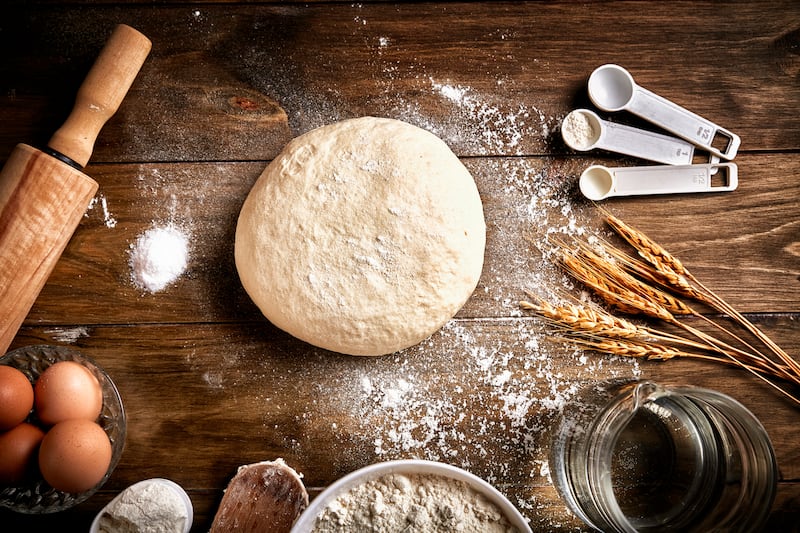
My yeasted dough won’t rise
First rule out whether your yeast is out of date or you forgot to put it in (I’m looking at me right now) or your kitchen too cold (yeast likes warmth; the optimal temperature for sourdough, AKA natural yeast, remember, is 24-27 degrees). And again, be patient. So mix your dough then leave it and go shopping, says Bertinet. “It’s not going to escape!”
Baked bread is rock hard
Under-proving, over-kneading and careless baking will do this. As the Guardian's food editor Bob Granleese recently put it on an Instagram post of an emphatically blackened bruiser of a boule: "Never go for a relax on the sofa when the bread's in the oven, kids." He tells me, though, that while the crust was like tank armour, the bread inside wasn't that bad in the end. So don't just bin it before you've tried it. And next time, stay alert.
Baked loaf is too flat
This is usually down to over-proving: if there is no strength left in the dough, the shaping collapses. Again, timings are key.
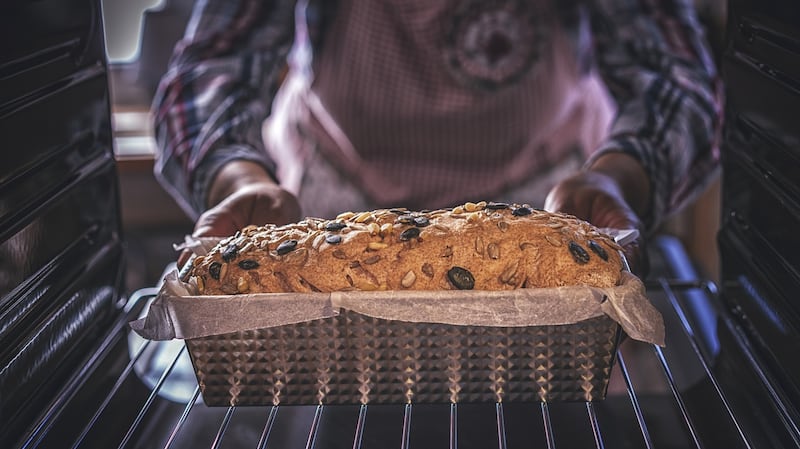
Baked loaf is too soft/tears as you cut it
All the bakers I speak to point to a single culprit here: your bread knife. Get yourself a good one. Bertinet says that Opinel is best, and who are we to argue? Also, though, and as impossible as it may feel to do, you really want to let a hot loaf cool before you slice it.
Crust goes soft very quickly
Bertinet gets this question a lot. While bread recipes often specify the need for steam at the beginning of the bake (either spray the oven or put a glassful of water in a tray at the bottom of the oven), you need to let that steam escape at the end, for the last six to seven minutes of baking. Commercial ovens have dampers for this purpose. At home, the solution is to prop the door of the oven open slightly with a spoon. This will give you a better, stronger crust. – Guardian











